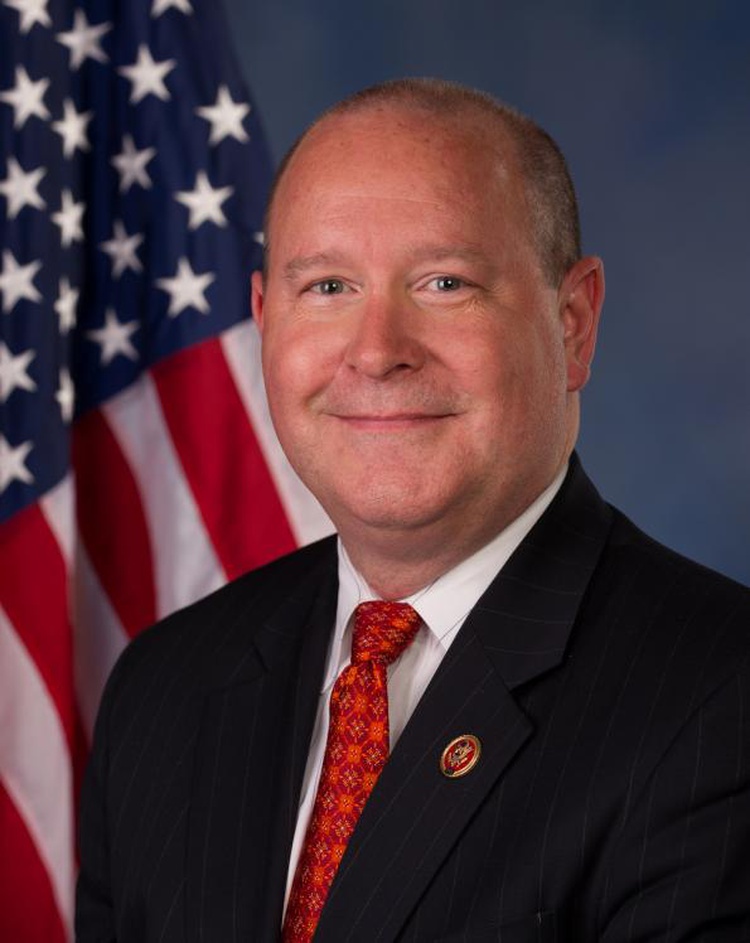In the News
Medicare For All Finances Healthcare Problems Instead of Fixing Them
Washington,
July 10, 2019
Annual US healthcare costs exceeded $3.65 trillion dollars in 2018, and is growing faster than the US economy. The cost increases are attributed to increasing costs of inpatient/outpatient care (59% of total spending), prescription drugs, and administration among others. One third of total healthcare costs was for insurance premiums. Cost increases are also attributed to an aging population and increases in chronic illness. "Medicare was set up to ensure our seniors 65 and older and those with disabilities have covered care, a 'Medicare for all' plan would take focus away from seniors and result in long wait times to initially see a doctor and even longer wait times for those needing subsequent follow up or specialty care – effectively ending Medicare as we know it," said Representative Larry Bucshon, M.D. (IN-08). Government expansion of care is based on the faulty assumption that their administrative costs are far less expensive. The Centers for Medicare and Medicaid Services (CMS) costs appear to be less, but do not include costs of collecting funds (Social Security and IRS), the costs to states and private insurance to administer the programs and compliance costs by providers. CMS also does not have marketing expenses needed by private insurance. The additional costs of congressional over site must be factored in as it acts as a board of directors over CMS offering over site and changes in coverage. Looking at the true costs, promises that “Medicare for all” provides coverage without premiums, deductibles or co-pays is misleading. Full implementation of would cost $32 trillion over 10 years, more than double all federal discretionary appropriations including department of defense, and domestic discretionary spending. Leaving everything to the private market has its share of problems as well. Many US metropolitan areas are dominated by one insurance carrier. The big companies often use their clout to drive down costs by negotiating lower payments to doctors and hospitals. However, where there is little or no insurer competition, premium cost for consumers grew more rapidly. Even though doctors and hospitals are paid less, premiums continue to rise. By Sarah Chamberlain Forbes |

